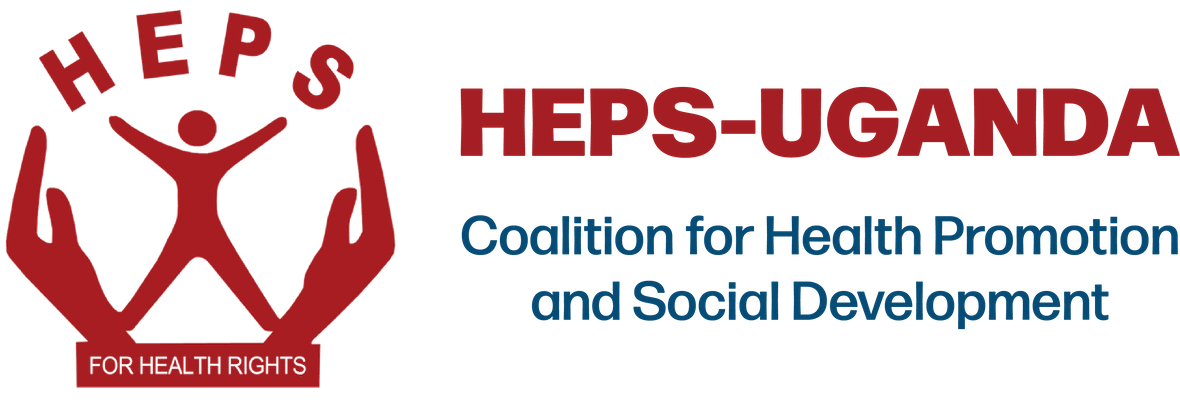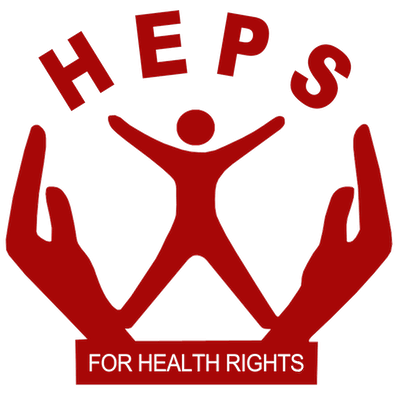Kampala— The Health Systems Advocacy Partnership (HSAP) in Uganda has called on the government to boost health systems by strengthening human resources for health, access to essential sexual and reproductive health commodities, good governance and equitable health financing if Uganda to is achieve sustainable development goal 3 of ensuring healthy lives and promotion of well being for all at all ages.This was at the national stakeholders meeting of the HSAP which was convened to inaugurate its National Steering Committee at Protea Hotel, Kampala.
HEPS Uganda Executive Director Denis Kibira who represented the partnership chairperson and also former Director General of Health Services at the Ministry of Health, Professor Francis Omaswa observed that Uganda’s problem is not lack of good health policies but their implementation.
“Uganda policies meet the international standards. As reflected by the Uganda context HSAP partners, the main problem is lack and or inadequate implementation of the policies. The country has consistently failed to reach the Abuja declaration commitments; to reduce maternal mortality by one three quarters (MDG Target), to raise $5 million for procurement of contraceptives in FY 2015/16 (FP2020 target), and achieve the Maputo plan of action targets reflected in the Roadmap for reduction of maternal and newborn mortality and morbidity in Uganda (2007-2015).” He said.
The project partnership which consists of Amref Health Africa-Uganda, African Centre for Health and Social Transformation (ACHEST) and Coalition for Health Promotion and Social Development (HEPS Uganda) which represents Health Action International (HAI) is funded by the Dutch Ministry for Foreign Trade and Development Cooperation and aims at enabling communities to realize their right to the highest attainable sexual and reproductive health, crucial for equitable, sustainable and economic development. The Partnership, Professor Omaswa says, will achieve this goal through creating space and strengthening civil society to engage effectively with the national and district governments, the private sector and other stakeholders accountable for health systems, to deliver equitable, accessible and high-quality Sexual and Reproductive Health and Rights (SRHR) services.
Meanwhile, baseline research findings of the project that were disseminated at the same meeting by Dr. Moses Muwonge, the Executive Director of Samsaha Medical Foundation, showed that though Uganda performs well in terms of operationalization of international policies and commitments, the failure to meet the global commitments is reflected in the failure to disseminate the national policies, standards and guidelines at local government and community level. The baseline results showed that communities, health workers and health stewards including DHOs lack knowledge on what the polices are and how they should be implemented.
On the availability of essential commodities for sexual and reproductive health (SRH), the baseline report showed a poor supply of SRH commodities with all sampled facilities reporting stock outs. Uganda requires $12 per capita to meet the to meet the Essential Medicines and Health supplies needs and yet, the Government of Uganda has been allocating approximately $2.4per capita over the last three financial with leaving a funding gap of $9.6 per capita. The lack of adequate resources for procurement of essential medicines has led to minimal budget allocations to the reproductive health commodities budget. Uganda has got a dedicated and ring faced reproductive health commodities budget on vote 116 at NMS. However, the budget allocation FY 2015/16 was UGX 8 billion (approximately $2.4 Million) yet the total budget required to the SRH (RMNCH) commodities is estimated at $23.5 Million in 2016 doubling to 40.8 million in 2019. The commodities funding gap is being bridged through development partner support and that is not sustainable. Despite the low budget allocations, there are challenges with the logistics system more especially coordination of warehousing at national level between NMS and Alternative Distribution system (ADS).
On the availability of human resources for health, the baseline findings showed that lower health facilities like health centre IIIs have disparities between services provided by health facilities and capacity building /ongoing training to improve quality of care. “There are disparities between services provided by health facilities and capacity building /ongoing training to improve quality and incorporate new practices and innovations. There is an outcry for recruitment of additional health workers and the RMNCAH Investment case plan to increase the number of midwives by 2,000 yet the health workers currently in health facilities are not receiving ongoing training on provision of critical SRH services.” Noted Dr. Muwonge.



